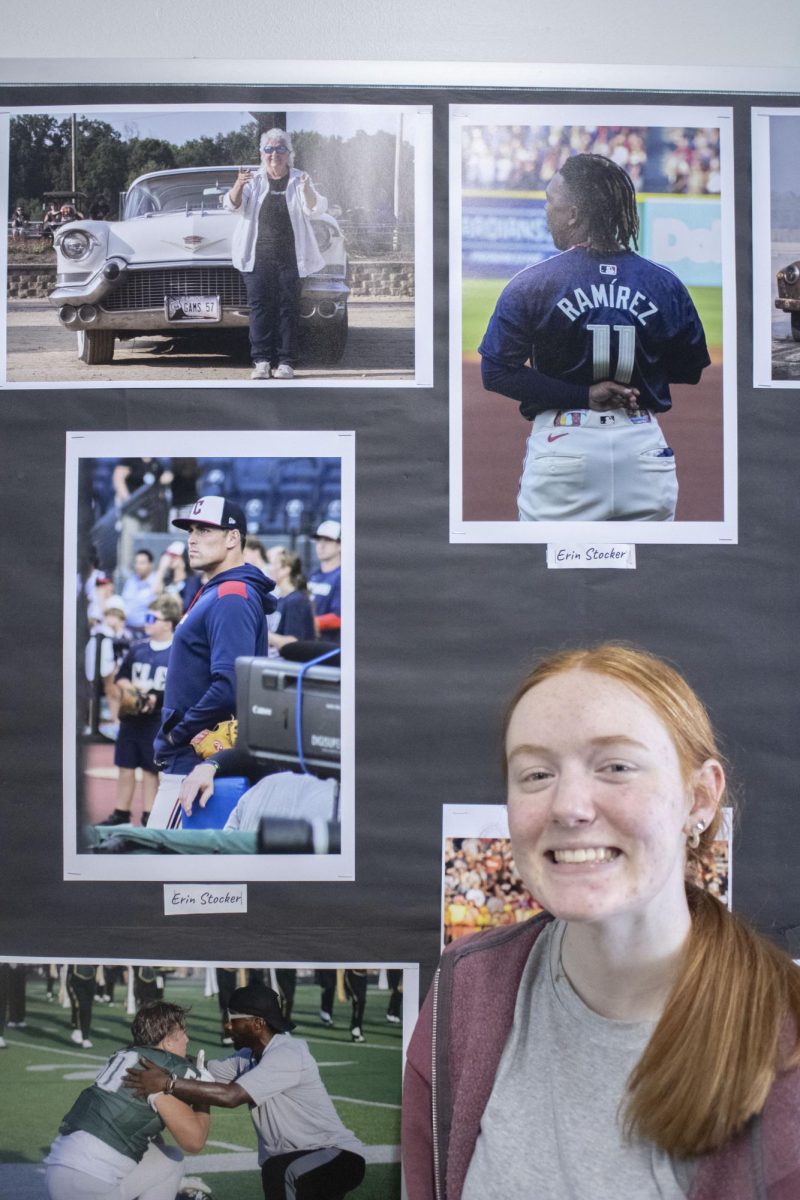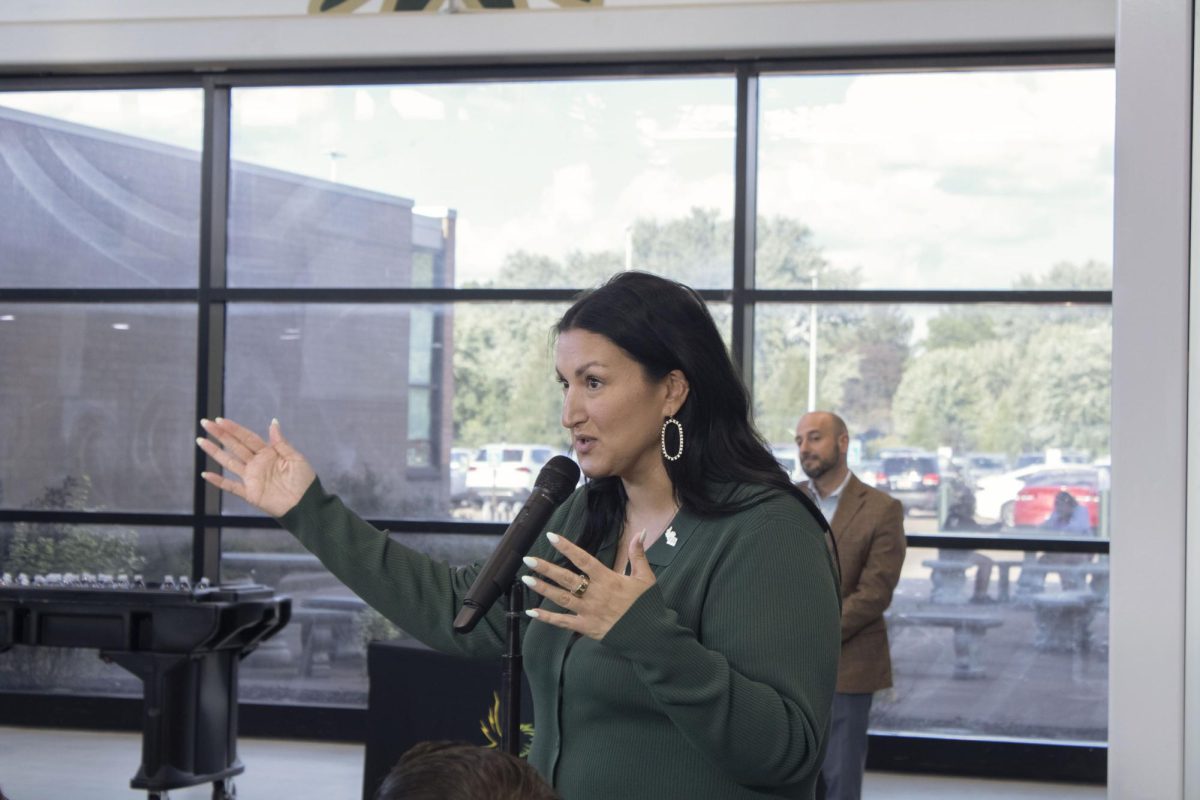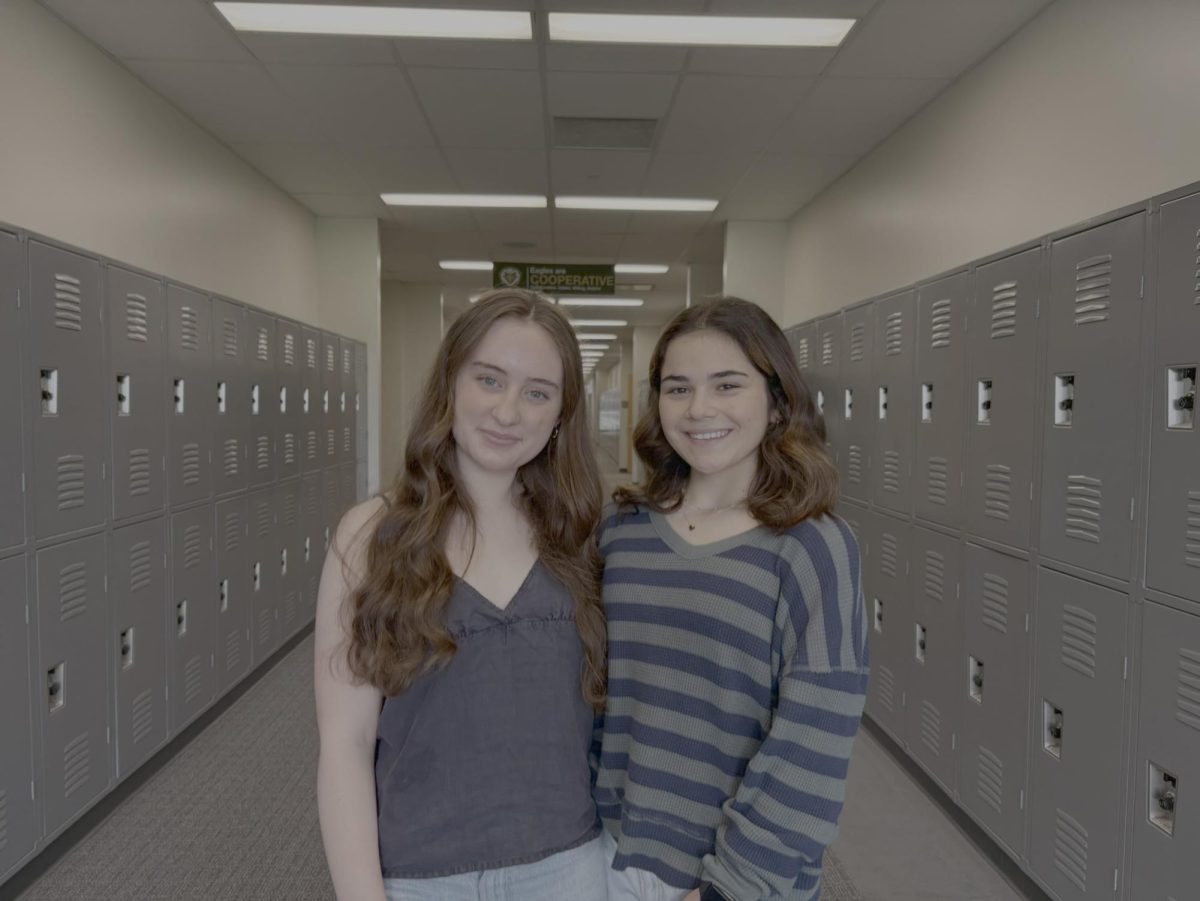It is always a given that students that are anxious about college requirements will be concerned about how many years of a language an admissions officer wants to see. The general answer given to this is three years- but what comes after that?
The lack of requirement in the future causes upper level language classes, especially French IB classes HL1 and HL2, to have much smaller class sizes.
“Some people just do it for the language credit and then move on,” senior French student Taylor Uhren said.
Uhren is in her fourth year of French and is in SL2 in the IB program. Her own level only has 3 students taking the class. Average class sizes vary by year, ranging from three or four up to around eight, which is considered a great size for IB French.
Different barriers that prevent people from signing up also include testing, commitment and scheduling issues. Many students who want to do the program just cannot fit it into their schedule.
“For students who are not full IB, or who try to do IB with a career tech, it’s a lot of courses,” IB French teacher Julie Filliez said. “While we don’t want to limit what people have the opportunity to do, sometimes choices have to be made.”
Though in some cases it does not work out, Filliez works around scheduling as much as she can by co-seating certain levels in certain classes to ensure that as many students as possible are able to continue in French.
In other cases, these scheduling issues combined with the two-year commitment of IB courses, lead people who may be interested away from deciding to take the class after the completion of French II or III.
Looking more closely at what each level does, the courses require dedication and work but reflect what you can accomplish in the future.
“At the beginning of the year, they [SL1] did not know passé composé, and by the end of their second year of IB French, they know eight verb tenses,” Filliez said. “They are able to go from the level of Honors French II to being able to fully express themselves.”
Students in Standard Level learn to discuss real-world topics and engage in deep conversations fluently.
The growth is similar in HL1, or the higher level IB program. These students, in their second year, read two works of literature in French and discuss them on a further level, including themes and philosophy. By HL2, the content is similar to that of a junior year college course.
However, the effects from French lay not only in the work, but also in other areas.
“I’ve made a lot of personal connections with French, and it’s brought about new opportunities,” Uhren said. “If I didn’t keep doing French, I wouldn’t have been able to do that.”
Some of these opportunities include traveling to museums and even going to France in the summer.
While French is a course that many want to take, there are various factors that prevent students from reaching those upper levels. However, for those that are willing to continue, a small class does not mean any less benefit or enjoyment.
Categories:
Très petite but mighty
Upper level French class sizes are small despite the big curriculum
Lily Ramey, Staff Writer
February 1, 2024
French IB SL students work on a game aligning with their curriculum.
Story continues below advertisement
Donate to The Eagle
$532
$1000
Contributed
Our Goal
Your donation will support the student journalists of GlenOak High School. Your contribution will allow us to purchase equipment and cover our annual website hosting costs.
More to Discover







